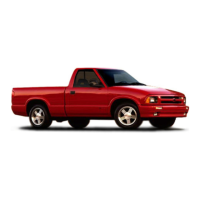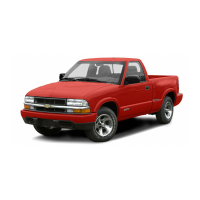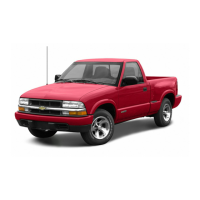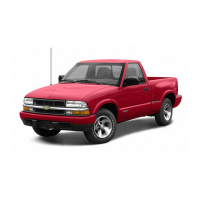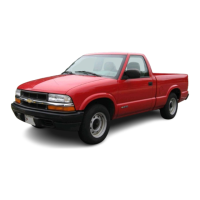Approaching
a
Hill
When you approach a hill,
you
need to decide if it’s
one
of those hills that’s just too steep to climb, descend or
cross. Steepness can be hard
to
judge. On a very small
hill,
for
example, there may be a smooth, constant
incline with
only
a small change in elevation where you
can easily see all the way to the top. On a large hill, the
incline may get steeper as
you
near the top, but you may
not see this because the crest
of
the hill is hidden by
bushes, grass or shrubs.
Here
are
some other things
to
consider as
you
approach a hill.
0
0
0
0
Is
there
a
constant incline, or does the hill get sharply
steeper in places?
Is
there good traction on the hillside, or will the
surface cause tire slipping?
Is
there a straight path up or down the hill
so
you
won’t have to make turning maneuvers?
Are there obstructions on the hill that can block your
path (boulders, trees, logs or ruts)?
0
What’s beyond the hill?
Is
there a cliff,
an
embankment, a drop-off, a fence? Get out and walk the
hill if
you
don’t
know.
It’s the smart way to find out.
0
Is
the hill simply too rough? Steep
hills
often have
ruts, gullies, troughs and exposed rocks because they
are more susceptible to the effects
of
erosion.
Driving Uphill
Once
you
decide
you
can safely drive up the hill, you
need
to
take some special steps.
0
0
0
Use a low gear and get a firm grip on the
steering wheel.
Get a smooth start up the hill and try to maintain
your speed. Don’t use more power than
you
need,
because you don’t want your wheels to start spinning
or sliding.
Try
to
drive straight up
the
hill if at all possible.
If
the path twists and turns, you might want to find
another route.
4-18

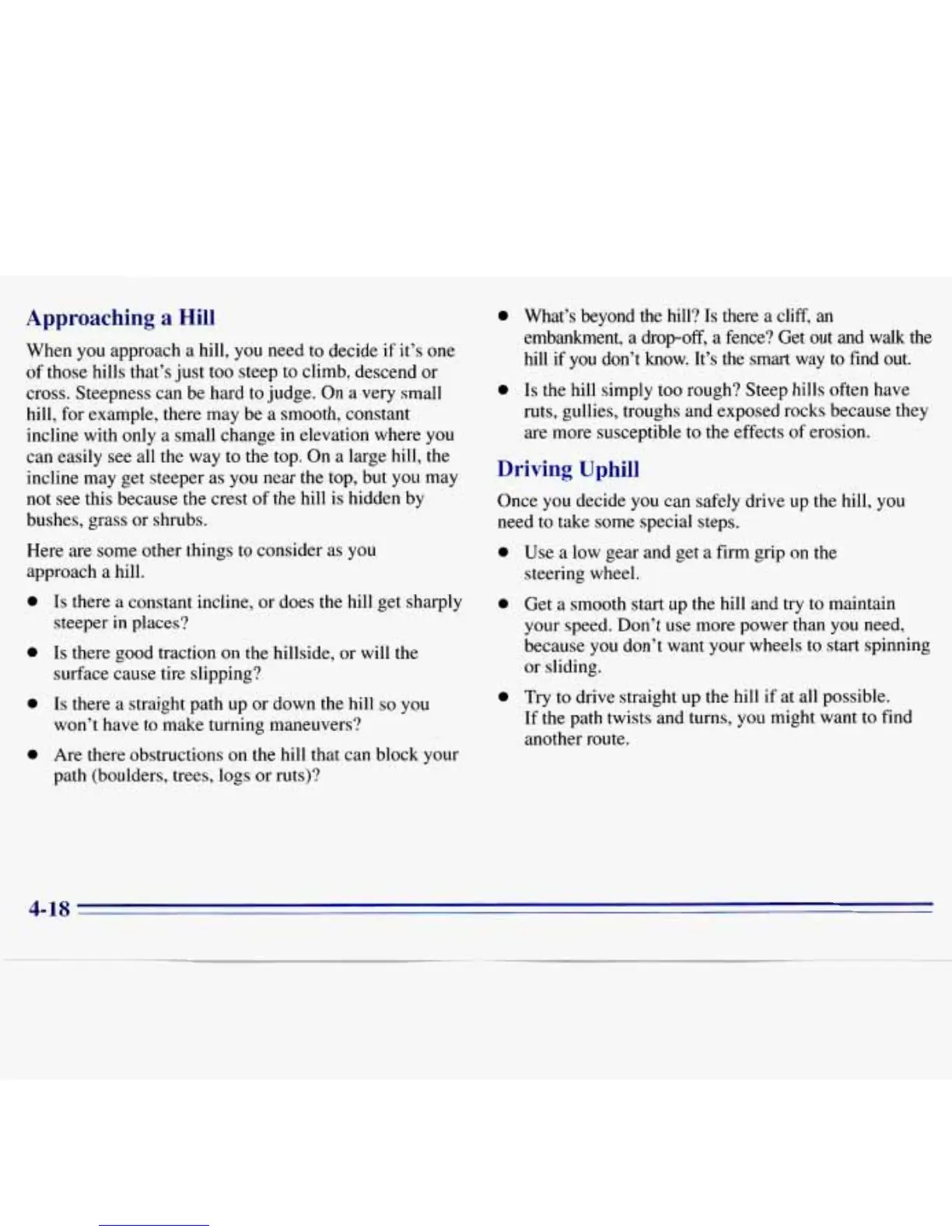